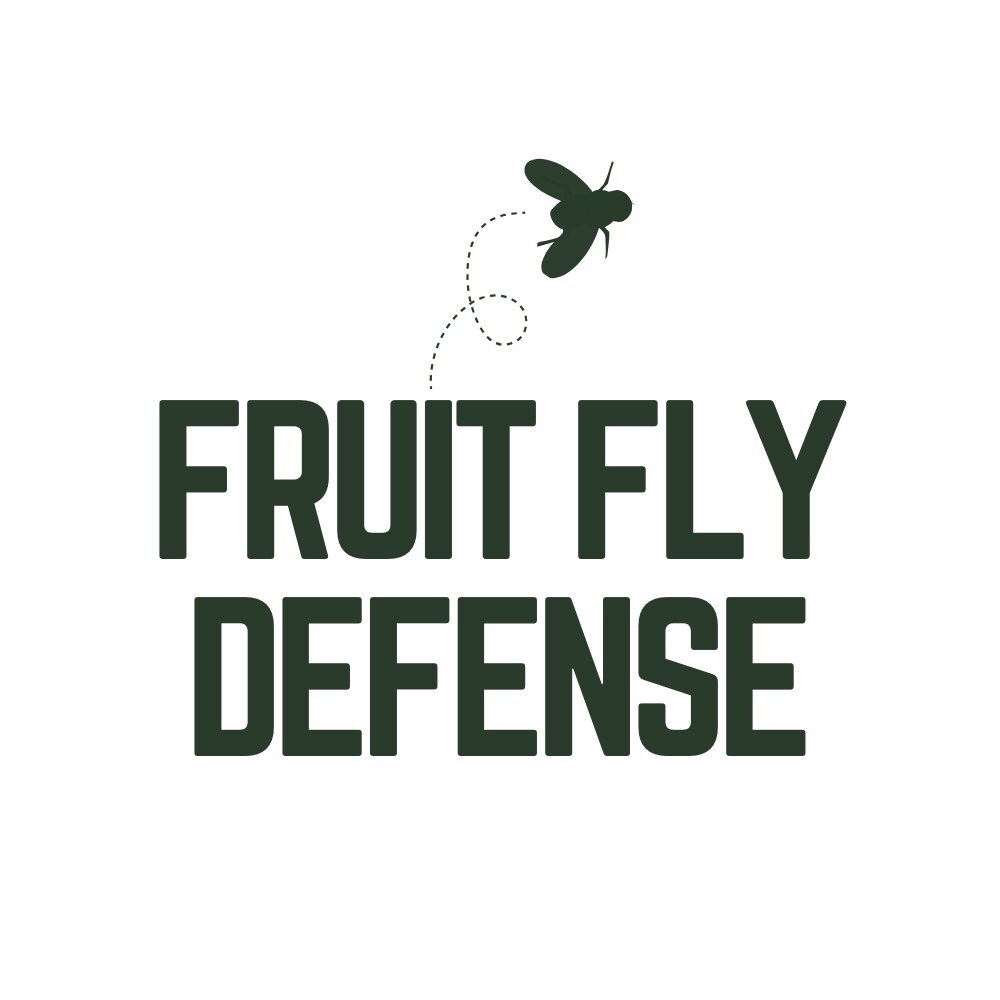URGENT UPDATE: Fruit flies are wreaking havoc in restaurants and bars across the United States, costing operators thousands of dollars and posing a severe business risk. New reports confirm that these tiny pests thrive in hidden areas like drains and wet floors, leading to health-code violations and financial losses that can reach $5,000 annually.
In a statement released earlier today, Donny Hayati, founder of Fruit Fly Defense based in Greenville, South Carolina, highlighted the scope of the issue: “Most operators are doing everything right—nightly cleaning and pest control—but fruit flies breed where you can’t see them.” The hidden nature of these pests makes them especially dangerous, as even minor sightings can trigger costly re-inspections and product disposal.
According to health departments nationwide, fruit flies are among the most frequently cited violations during food service inspections. A single outbreak can lead to hundreds of dollars in lost products, including fruits, syrups, and mixers. Over time, the financial toll escalates due to labor costs, sanitation efforts, and the need to recover customer trust, impacting an industry already struggling with narrow profit margins.
The statistics are alarming:
– Restaurants can incur losses of $1,000 to $5,000 annually due to lost product and labor.
– Major cities can impose fines of up to $2,000 per violation for repeat health-code infractions.
– Businesses face a revenue loss of 5 to 9 percent tied to negative online reviews about cleanliness.
Hayati emphasized the critical importance of these issues, stating, “We’ve seen restaurants lose inspection points or have to throw out everything on their garnish rail just to pass a follow-up visit.” The small pest becomes a significant business risk, jeopardizing not only finances but also the reputation of establishments.
Fruit Fly Defense aims to combat this growing problem with proactive solutions that prevent fruit fly breeding. Their innovative, food-safe products target areas where these pests originate, helping bars and restaurants maintain compliance and protect their customer experience. “In this industry, reputation is everything,” Hayati noted. “If guests see a fruit fly, they think about where they’re not coming back to.”
As the food service industry grapples with this urgent challenge, operators are encouraged to consider preventive measures to safeguard their businesses. The financial impact of fruit flies is real and pressing, making it essential for establishments to act quickly to protect both their profits and their patrons.
For more information on effective fruit fly protection, visit fruitflydefense.com. The urgency of this issue cannot be overstated; the time for action is now as the fruit fly problem continues to escalate across the nation.







